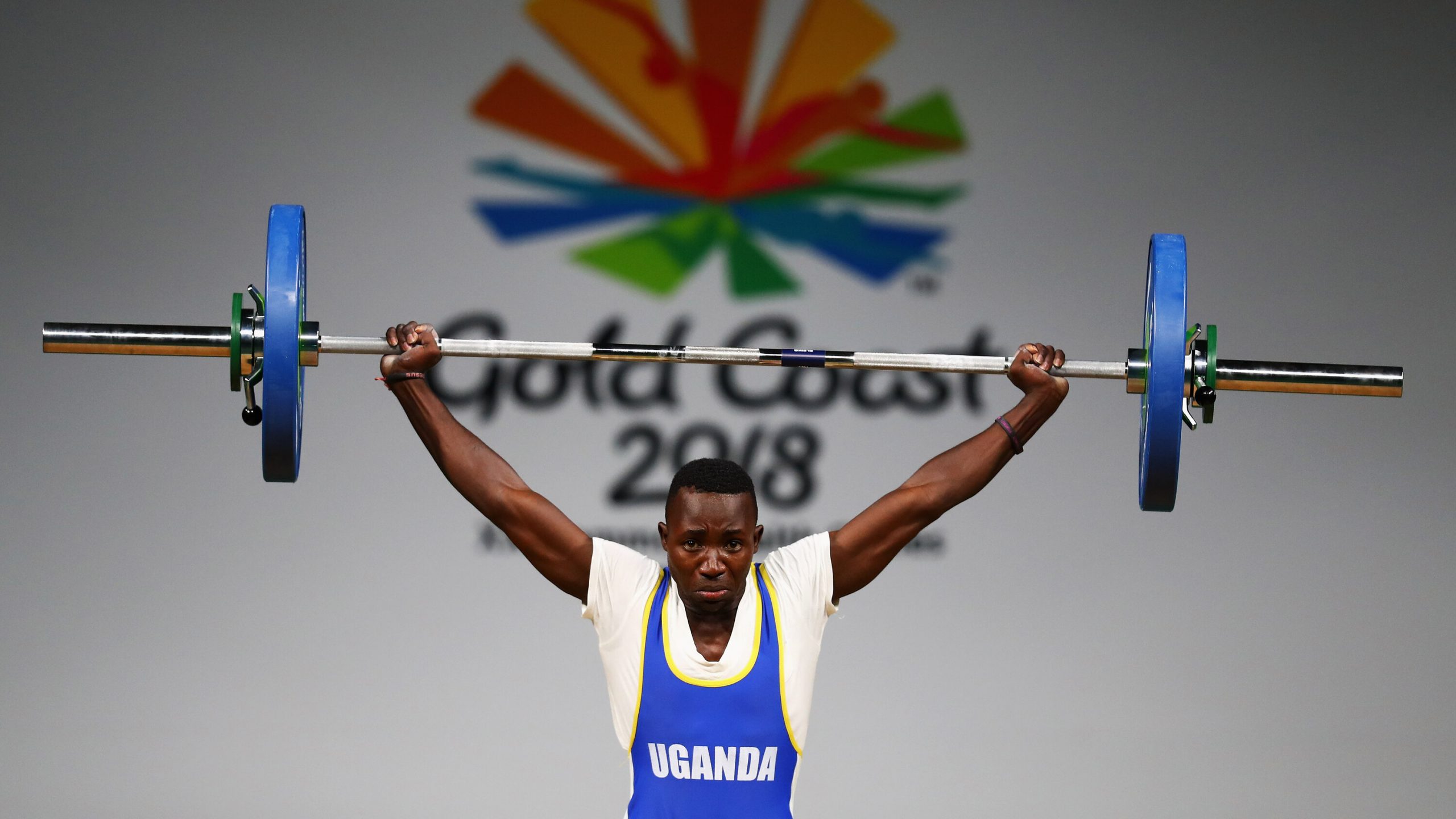While watching competitions or betting on our favorite teams and athletes via 22Bet – Best Nigerian bookmaker, we wonder how they achieve such fantastic results. Of course, regular workouts are the most important here, but proper breathing is also essential. Knowing how to breathe correctly during exercise prevents dizziness and fatigue, improves athletic performance, and accelerates fat burning.
Principles of Correct Breathing and Running
Fully saturating your muscles with oxygen and clearing the body of carbon dioxide can only be achieved with an inhalation to exhalation ratio of 3:2. Inhale at three consecutive thrusts (left, right and left leg again) and exhale at two thrusts (right and left). This pattern is not too difficult to make into a habit, but you may need to slow down for a few runs to get the hang of the technique. You will probably notice a lower heart rate as you get more oxygen and, more importantly, expel all the carbon dioxide from your body. People who need to undergo a Heart Stress test as part of their health care assessment could benefit enormously from this technique.
Sometimes you may notice that you naturally lower your ratio to 2:1 when you speed up. This is normal, but keep in mind that it is difficult to maintain a pace that requires you to breathe at 2:1 for a long time. Your body’s CO2 levels will increase if you breathe short and fast. This, in turn, will increase your heart rate and lactic acid production, and reduce your endurance for any cardiovascular disease. However, if you feel that you are not getting the right amount of oxygen in for your running exercises, or are generally running out of breath really fast, consider consulting a pulmonologist who would be able to help you better on medical terms.
Principles of Proper Breathing and Lifting
Correct breathing during exercises in which you exert yourself, such as lifting weights, pushing or pulling, training on the bar, etc., is much easier to remember and control than the 3:2 ratio during running. Stu Smith’s advice: always exhale from exertion. For example, when you do a pull-up, you exhale on the upswing and inhale on the downswing. Breathing during exertion is important to prevent internal injuries such as herniation, sprained blood vessels, and high blood pressure.
Because weight lifting and exercise can be potentially dangerous if done incorrectly, a doctor’s consultation is recommended. To lower your blood pressure in time, focus on proper breathing both during exercise and in your daily activities. Do your research before starting heavy weights. You can check the Skinny Yoked website or similar fitness-related blogs and websites to learn more.Basic Tips
- Breathing and deadlift. Exercise in which you just need to strictly follow the rules and control your breath, otherwise all your efforts will be useless. The scheme of correct breathing during the deadlift is the following: take hold of the bar, take one deep breath, tense your abs, hold your breath and straighten up. As you lift the barbell, exhale. Next, take another deep breath and lower the barbell.
- Breathing and squatting. When doing this exercise, breathe in through your nose as you bend your legs. At this point, your lungs fill with air, which helps keep your spine in the correct position. The exhale should last as long as it takes to return to the starting position. If the exercise is performed intensely, the rhythm of breathing should match the speed of performance.
- Breathing and Cardio. In any cardio workout, it’s “how” you breathe, not “when.” Cardio exercises stress the body, so when you do them, you should breathe rhythmically without delay – breathing in through your nose and out through your mouth. On average, there should be two steps for one breath, the same amount for the exhalation.
- Breathing and planking. This exercise loads almost all muscle groups, which is a real stress for the body. Delayed breathing during the plank prevents the effective performance of the exercise. The correct breathing pattern is as follows – slowly take a deep breath in through the nose. Exhale in the same rhythm, while trying to tense all the muscles, especially the legs, buttocks and abs.
Drinking and Exercising
Oxygen and water is the perfect combination for burning fat. For this purpose, the body needs water and an increased amount of oxygen as a source of energy. The consumption of water should be about one and a half liters a day for women and up to three liters for men. And increased oxygen intake will help with the other part of the equation.
As you add water and oxygen to your body’s system, your body will be able to use these substances to burn and eliminate toxins. It’s not like sitting in a sauna and enduring a sweat that actually dehydrates you. Combining enough water with proper breathing will help you restore your water balance and allow your body to burn more fat.
Try using an optimal breathing rhythm while running or lifting and see if you can do it with a lower heart rate and retain more energy for a powerful finish. All of these activities with sound breathing can help strengthen your cardiovascular system:
- Walking.
- Swimming.
- Cycling.
- Nordic walking.
- Gymnastics.
Note that all these above-mentioned exercises need different gear and equipment for the proper performance of an athlete. Additionally, fitness enthusiasts would also require to dedicate a designated place to practice these and improve their skills. For instance, if an individual considers opting for swimming, then he would need to buy a good-quality swimsuit and goggles. Additionally, he would need to have a pool where he can practice in peace. For that, he can either consider visiting a public pool or he can consider building one in his backyard with the help of California Pools (those interested can learn more about them here).
Important: Never hold your breath during exercise, because this leads to a lack of oxygen at a time when your body needs it the most. Moreover, this can lead to serious injuries during your workout, which may leave you paralyzed or unconsious.










